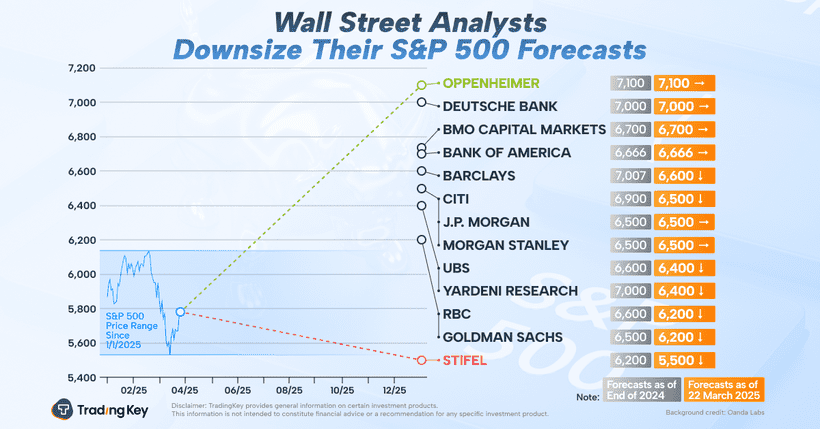RPT-COLUMN-By the numbers: Stacking up US farm imports and exports -Braun

By Karen Braun
NAPERVILLE, Illinois, March 20 (Reuters) - Food. It has unfortunately been used as a pawn in past and present trade disputes given its essentiality to human life.
U.S. President Donald Trump earlier this month suggested that American farmers are hurt by agricultural imports and that tariffs could help them sell more product domestically.
It is true that the United States is increasingly importing farm goods. Those imports have been outpacing exports for the last decade, and by a widening degree.
Countries typically import products when domestic demand exceeds domestic production, or if domestic production is non-existent.
But what the United States exports differs widely from what it imports, and it is important to examine those trends to understand where opportunities or threats may lie for U.S. producers.
BIG PICTURE
The United States in 2024 imported a record $263 billion in agricultural and related products. The export side was valued at $191 billion, down from 2022’s record $213 billion. This import-export gap was an all-time high.
However, inflation-adjusted trade figures reveal a potential sore spot for U.S. producers as exports have stagnated while imports are up. Increasing global competition and shifting trade policies could be among the contributing factors.
Adjusted to 2025 dollars, last year’s U.S. agricultural and related exports were among the lowest of the last decade-plus by value, with only 2019 falling lower.
But inflation-adjusted imports were the third highest on record in 2024, behind only 2021 and 2022.
PARTNERS
Trump this week said that the April 2 deadline for reciprocal U.S. tariffs is still on, presumably including those on Canada and Mexico that have been paused.
When it comes to farm goods, these are the United States’ top two trading partners.
Last year, Canada and Mexico accounted for a third of all U.S. agricultural and related exports, and they supplied 40% of all imports.
China was the third largest U.S. export destination with 14% of last year’s total and Japan was fourth at 7%.
On the agricultural import side, Brazil and China were the United States’ third and fourth largest suppliers last year, each accounting for just under 4%.
PRODUCT TYPES
Consumer-oriented goods dominate both sides of U.S. agricultural trade. On average over the last three years, those accounted for 42% of exports and 54% of imports by value.
This includes items such as meat, dairy, fruits, vegetables and alcoholic beverages, as well as baked and prepared goods.
Bulk commodities are where imports and exports vary drastically, accounting for about 32% of all U.S. agricultural and related exports but only 6% of imports. This includes the top two farm exports, soybeans and corn, which combined for 20% of all such exports last year.
U.S. farmers of bulk commodities, which also include wheat, sorghum and cotton, are often trade war targets due to the relatively high export volumes. China earlier this month slapped additional tariffs on $21 billion in U.S. agricultural products, including soybeans, the top U.S. export of any kind to China.
KEY IMPORTS
The bulk commodities imported by the United States are ones that it largely does not produce, including coffee, sugar and cocoa. Coffee, a staple and arguably essential American beverage, accounted for 3% of all farm imports last year.
Fresh fruits and vegetables imports are increasingly necessary. In the early 1980s, some 30% of U.S. fresh fruit availability was supplied by imports, but that is now closer to 60%.
The United States last year exported $7.7 billion in fresh fruit and vegetables, apples being a mainstay. Imports, however, totaled $33 billion, and 27% of that owed to avocadoes, bananas and blueberries alone.
Mexico is vital to U.S. fruit and vegetable access, while lumber is Canada’s top offering. By value, Europe’s contribution to U.S. agricultural imports is comparable to those of Canada and Mexico.
But trade tensions with Europe are threatening to disrupt a favorite American indulgence. Trump has floated steep tariffs on European libations in response to Brussels’ tariff threats on U.S. whiskey and other spirits.
The United States exported $1.77 billion of beer, wine and spirits to Europe last year, but the equivalent imports exceeded $12 billion, topped by wine.
While a nice glass of California Cabernet can be perfectly enjoyable, European wine enthusiasts may want to immediately head to their local retailer to snag a few extra bottles of Chianti for their cellars, just in case.
Karen Braun is a market analyst for Reuters. Views expressed above are her own.

.jpg)


